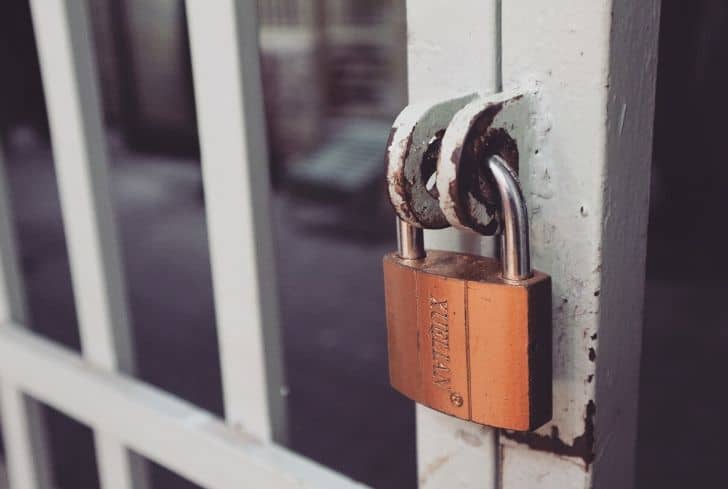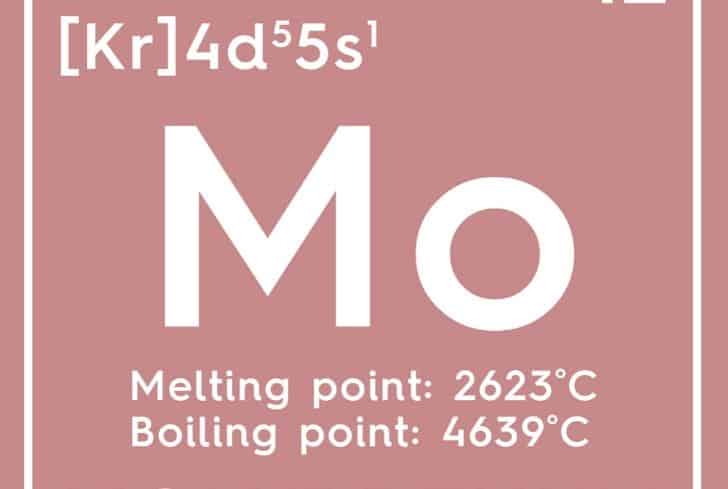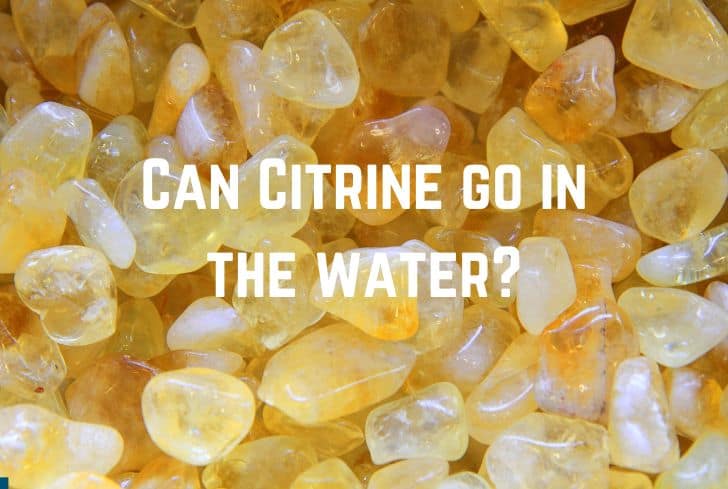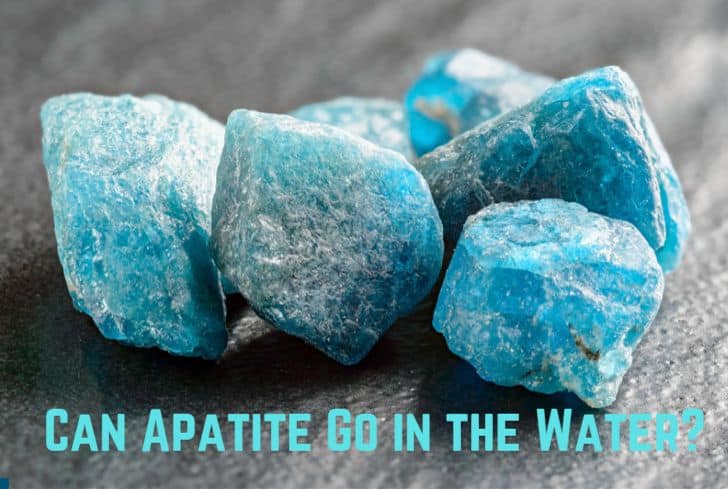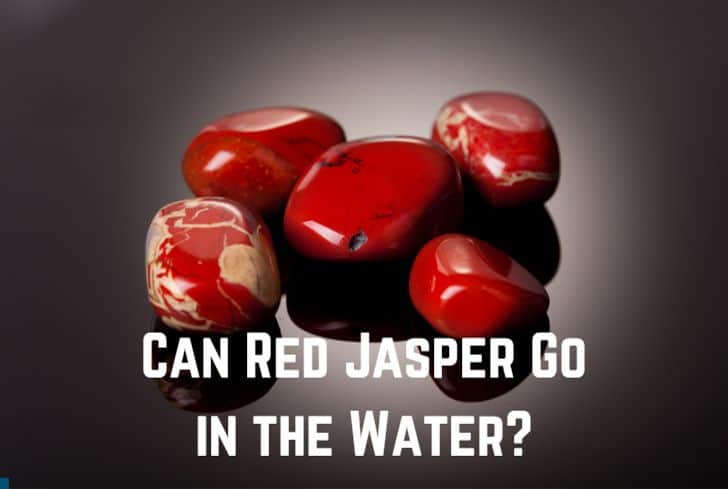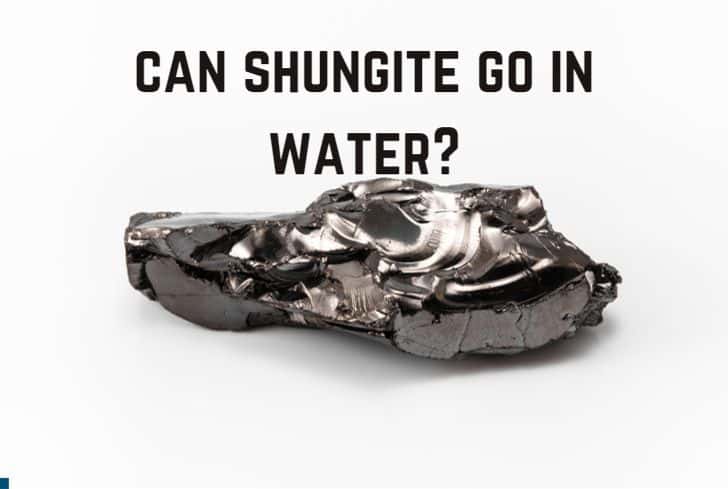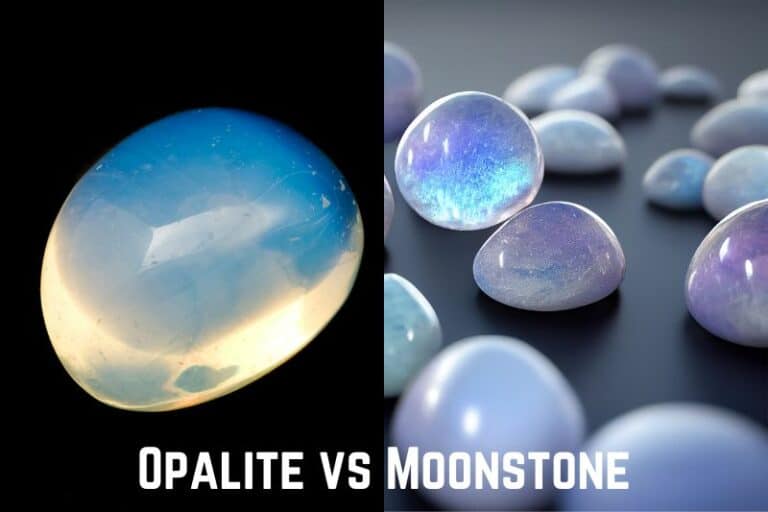Basic Metals That We Use in Our Daily Life
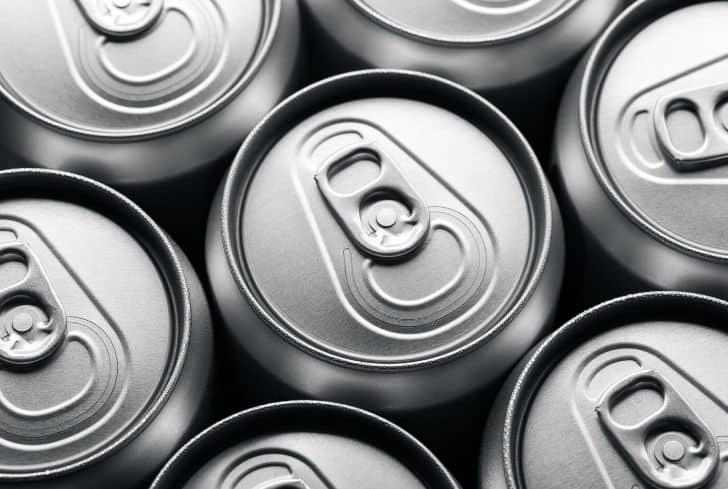
Take a look around the home. Have you ever thought about what unites that cutlery you are eating with or the sterling stud you are wearing? They are all composed of metal or metal alloys and they play a BIG PART in our everyday life.
This article is all about the common metals we interact with every day.
What are Metals, Anyway?
Physically, metal is something lustrous, tough, sonorous, and, has high thermal and electrical conductivity. Chemically, metal is something that can readily lose electrons to form positive irons (cations).
About 3/4th of all known chemical elements are metals. The most abundant ones being aluminum, iron, calcium, sodium, potassium, and magnesium. The vast majority of metals are found in ores, but a few such as copper, gold, platinum, and silver occur in the native state because they do not readily react with other elements.
Basic Metals That We Encounter Everyday
1. Iron
- Atomic symbol: Fe
- Atomic number: 26
- Element category: Transition metal
- Density: 7.874g/cm3
- Melting point: 1538°C
- Boiling point: 2862°C
- Mohs hardness: 4
Iron is the most common element on Earth by mass constituting a large part of the planet’s core and inner core. Being an extremely reactive metal, iron only occurs naturally in the Earth’s crust as iron ores, such as hematite, magnetite, and siderite.
One of iron’s unique characteristics is that it is strongly magnetic. When exposed to a strong magnetic field, iron can be magnetized. The magnetic force produced by iron on the core is what creates the magnetic north and south poles.
Iron in everyday life
- Stainless steel, made from iron, is used for making kitchen cutlery, appliances, and cookware. It is also used for hospital equipment.
- Uses of iron in daily life include machinery and tools, as well as vehicles, hulls of ships, structural elements for buildings, bridges, and aircraft.
- Cast iron is used in pipes and automotive parts like cylinder heads, cylinder blocks, and gearbox cases.
- Wrought iron is used to make home décor items such as wine racks, candle holders, curtain rods, and more.
- Security items like bank lockers, locks, keys, safes, cupboards are made of iron.
- Fencing and boundary wire of farms and homes are made of iron.
2. Copper
- Atomic symbol: Cu
- Atomic number: 29
- Element category: Transition metal
- Density: 8.96 g/cm³
- Melting point: (1,085 °C)
- Boiling point: 2,562 °C
- Mohs hardness: 3
Probably the oldest metal used by humans; copper is known for its distinctive reddish metallic color. It is found as native metal and also in the minerals cuprite, malachite, chalcopyrite, and bornite. In humans, copper is typically found in the liver, muscles, and bones, with a value of 1.4mg and 2.1mg per kilogram of weight.
Copper is soft, malleable, ductile, and an excellent conductor of heat and electricity, and it is highly resistant to corrosion. Copper oxidizes to form copper oxide, or verdigris, which has an elegant green color. This oxidation is the reason behind the green ‘patina’ coating on the Statue of Liberty.
Copper in everyday life
- Copper can be found just about anywhere in the home – from electrical wires, piping, cookware, washing machine, driers, smartphone, and microprocessors on the computer.
- Copper alloys such as brass are used indoor knobs for its antimicrobial property.
- Copper alloys are used in jewelery. Example: Sterling silver, which is 7.5% copper.
- Copper is a popular choice in making rustic chandeliers and lighting fixtures.
- Beryllium copper, a copper alloy, is used in making tools including wrenches, pliers, and screwdrivers.
- Guitar strings, horns, trumpets, and saxophones are all contained copper alloys as the major component.
3. Zinc
- Atomic symbol: Zn
- Atomic number: 30
- Element category: Transition metal
- Density: 7.133 g/cm3
- Melting point: 419.5 °C
- Boiling point: 907 °C
- Mohs hardness: 2.5
Sometimes called spelter, the blue-white Zinc is the fourth “common” metal. Though brittle at low temperatures, zinc becomes malleable at 100-150°C. Speaking of the sources, the important ones are sphalerite or blende (zinc sulfide), smithsonite (zinc carbonate), calamine (zinc silicate), and franklinite (zinc, iron, and manganese oxides).
You may come in contact with zinc every day, and not only that, it is essential for most living organisms. To be more specific, zinc is vital for cellular division and growth, fertility, immune system function, and vision.
Zinc in everyday life
- Zinc is there all around the house. See the street lamp poles? The stainless-steel cutlery? Your favorite car? All those are galvanized with zinc.
- To help in heat dissipation and to strengthen the tires, 20% of zinc oxide is usually added in automobiles.
- Zinc is used in diaper-rash meds, zit medicine, anti-itch creams, and anti-dandruff shampoo. Calamine lotions also contain zinc oxide as one of the major ingredients.
- Most vitamin pills contain zinc as a constituent.
- Zinc oxide, a pure white powder, is used as the opacifier in paints.
- Nearly all flashlight batteries have zinc casings. They help in energy production.
4. Aluminum
- Atomic symbol: Al
- Atomic number: 13
- Element category: Post-Transition metal
- Density: 2.70 g/cm3
- Melting point: 660.32 °C
- Boiling point: 2519 °C
- Mohs hardness: 2.9
Aluminum is the third most abundant metal in the Earth’s crust. It is among the lightest of metals, with high electrical conductivity, high durability, very malleable and workable, as well as easy for machining. A gentle warning: don’t eat it because, on the genetic level, aluminum bonds with the phosphates in DNA and can contribute to dementia.
The major source of aluminum is the ore bauxite. Theoretically, the metal is 100% recyclable with zero loss of its natural properties. As for its use in daily life, the list is quite long.
Aluminum in everyday life
- Due to its ductile nature and low density, aluminum is used in power lines and cables.
- You may also find aluminum in motors, electrical appliances, and power systems. TV antennae, satellite dishes, and LED bulbs are all made of aluminum.
- Aluminum is used in the design of smartphones, tablets, laptops, and flat-screen TVs.
- Aluminum is used in making lamps, picture frames, and decorative panels.
- The foil, pots, and frying pans in the kitchen are made from aluminum.
- Aluminum is the main component of sparklers to produce white flames and sparks.
5. Silver
- Atomic symbol: Ag
- Atomic number: 47
- Element category: Transition metal
- Density: 10.49 g/cm³
- Melting point: 961.8 °C
- Boiling point: 2,162 °C
- Mohs hardness: 2.5 – 3
Silver is a white, soft metal that has long been valued as precious since ancient times. In fact, silver was one of the first five metals to be discovered. Records say that humans learned to extract silver from the lead in 3000 BCE. It is also believed silver was discovered around 5000 BCE
Though silver can exist in its native state, it is found as an alloy of gold called electrum. The metal commonly occurs in copper, lead, and zinc ores.
Silver in everyday life
- The lines in the rear window of a car are made of silver and are used to defrost ice in the winter.
- Silver is used to coat DVD for it is resistant to pitting and tarnishing.
- Silver chloride is the main ingredient of many personal deodorants – thanks to its antimicrobial properties.
- Bandages and dressings contain silver as it helps prevent the spread of infection. It is also used in gels and ointments for minor scrapes and cuts.
- Silver is used in manufacturing surgical tools including needles and scissors.
- Door handles are now being coated with silver to prevent bacterial growth.
- Circuit board contacts, speaker wires, and RF connectors are all contained silver.
- Silver-oxide batteries are another best example. They offer 40% more run-time than lithium-ion batteries and can be seen in for hearing aids, watches, and other small electronic devices.
6. Molybdenum
- Atomic symbol: Mo
- Atomic number: 42
- Element category: Transition metal
- Density: 10.28 g/cm3
- Melting point: 2623 °C
- Boiling point: 4639 °C
- Mohs hardness: 5.5
Originally confused with graphite and lead ore, the silvery-white Molybdenum was not isolated till 1782 by Peter Jacob Hjelm in a lab. It does not occur free in nature and is usually found in ores, mainly molybdenite. It can also be obtained as a by-product of copper and tungsten mining.
Molybdenum is very hard and tough and has one of the highest melting points of all metal elements. Moly is unique such that it doesn’t dissolve in chemical agents like acid or alkali.
Molybdenum in everyday life
- It is a good alloying agent for steel and iron. Meaning, molybdenum is part of stainless steel utensils, pots, and tools at home.
- Molybdenum is used in the manufacturing of cylinder heads, motor blocks, and exhaust manifolds.
- The metal is used to make filament supports in incandescent lamps. It is also used as filaments in electrical devices.
- Because it’s a strong metal, molybdenum is used to make seat belts.
References:
https://www.britannica.com/science/zinc
https://pubchem.ncbi.nlm.nih.gov/element/Silver#section=Ground-Level

